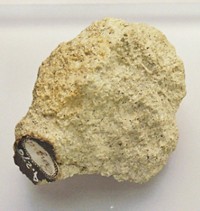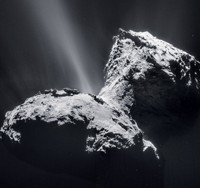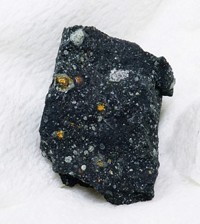Advertisement
Grab your lab coat. Let's get started
Welcome!
Welcome!
Create an account below to get 6 C&EN articles per month, receive newsletters and more - all free.
It seems this is your first time logging in online. Please enter the following information to continue.
As an ACS member you automatically get access to this site. All we need is few more details to create your reading experience.
Not you? Sign in with a different account.
Not you? Sign in with a different account.
ERROR 1
ERROR 1
ERROR 2
ERROR 2
ERROR 2
ERROR 2
ERROR 2
Password and Confirm password must match.
If you have an ACS member number, please enter it here so we can link this account to your membership. (optional)
ERROR 2
ACS values your privacy. By submitting your information, you are gaining access to C&EN and subscribing to our weekly newsletter. We use the information you provide to make your reading experience better, and we will never sell your data to third party members.
Biological Chemistry
Nucleobases From Space
by Carmen Drahl
August 22, 2011
| A version of this story appeared in
Volume 89, Issue 34
\
\
This 1-cm meteorite fragment is shown with purines the NASA team detected that are rare or absent in biology.
In a bid to answer a decades-old question, a multi-institution team has presented the strongest evidence yet that nucleobases, the building blocks of DNA, could have been made on meteorites in space and delivered to a primordial Earth (Proc. Natl. Acad. Sci. USA, DOI: 10.1073/pnas.1106493108). Researchers have been finding amino acids and nucleobases—the molecules of life—in meteorites for some time. While they’ve confirmed the amino acids’ extraterrestrial origins, purine and pyrimidine nucleobases found in the space rocks could always be explained as earthly contamination. Michael P. Callahan of NASA’s Goddard Space Flight Center and colleagues have now analyzed a dozen meteorites found in Antarctica and elsewhere with high-resolution liquid chromatography-mass spectrometry. In two meteorites they detected traces of purines that are rare or absent in biology. The team didn’t find those exotic purines in ice and soil found near the meteorites. But laboratory reactions of ammonia, water, and hydrogen cyanide, which are all present in meteorites, produced the entire purine suite. The team is continuing to make measurements in additional meteorites, Callahan says.





Join the conversation
Contact the reporter
Submit a Letter to the Editor for publication
Engage with us on Twitter